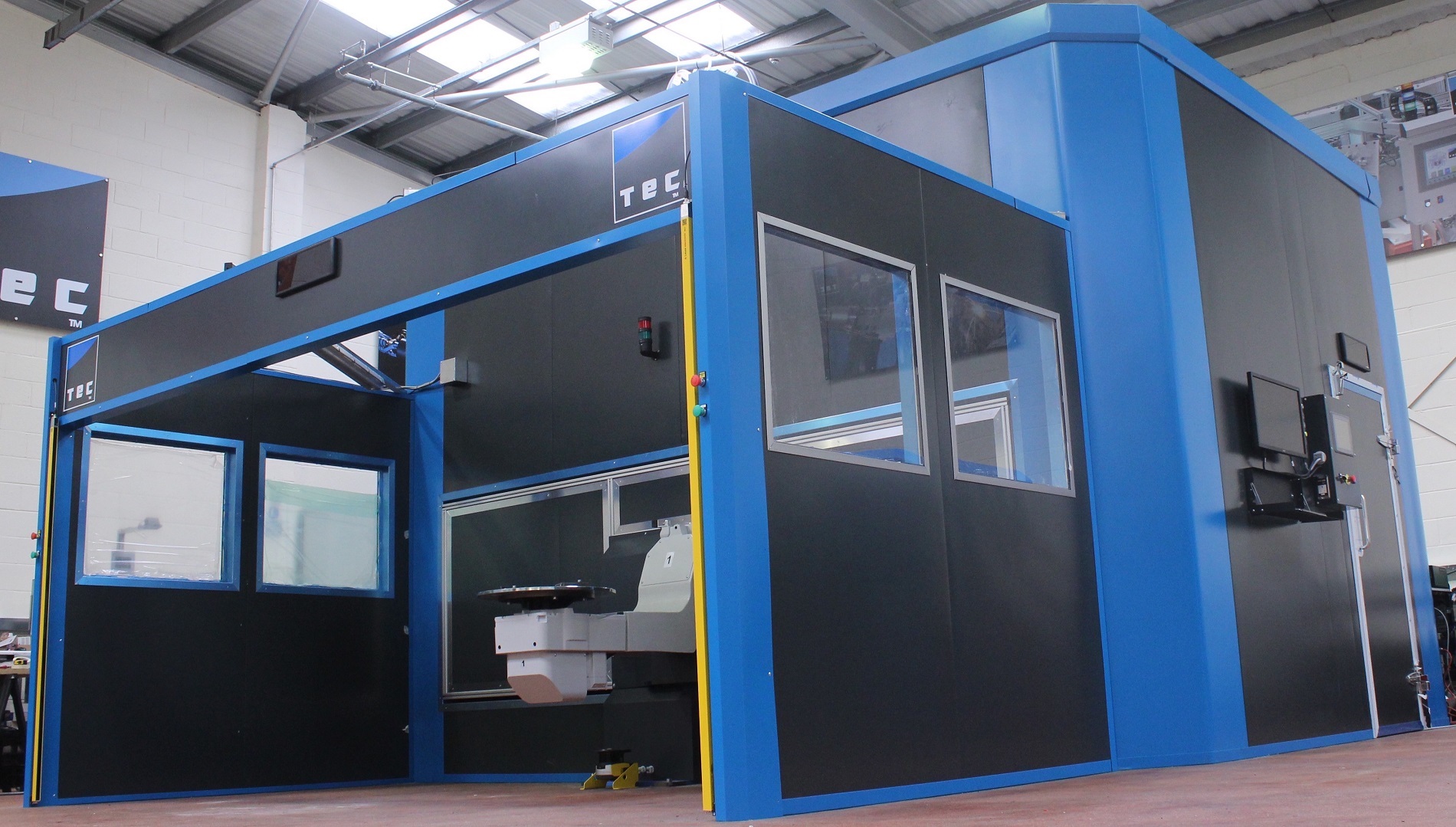February 8, 2017
To address the needs of the white goods and automotive industries in particular, expert system builder Cyan Tec of Loughborough has developed a standard multi-axis robotic laser welding cell incorporating a 6-axis robot combined with a 2-axis tilt-and- turn manipulator to give the ultimate flexibility with 8 programmable axes. Such a system can work on large components or assemblies and present them in such a way to reduce the complexity of the robot moves and compress the overall cycle time.
More and more welding tasks are becoming automated as the lack of availability of skilled and experienced manual welders, and the requirements to achieve stringent and repeatable quality and higher throughput, drive production away from conventional joining processes towards laser welding.
In addition to this, the current trend in reshoring production from abroad promotes a high degree of automation which minimises the impact of international differences in labour rates, and reduces the cost and uncertainty associated with long distance logistics via sea or air freight.
The Hyperion MAR30WF is a standard system built by Cyan Tec using a 6-axis robot carrying a compact laser welding head from a multi-kW fibre laser source. The tilt and turn manipulator has an integral indexing system allowing parts to be safely unloaded and re-loaded during the welding cycle by an operator outside the Class 1 safety enclosure. Welding by laser is a non-contact process, where the laser beam is typically some distance from the final focusing optic. For best results a pipe delivers Argon assist gas which prevents oxidisation, leaving a bright and oxide-free weld which is capable of coating or painting after welding without any need for post-weld cleaning.
A highly efficient laser welding cell can be modified to process new products by simply re-programming the software and re-tooling for new configurations. Using a dedicated cell with a standard design gives the benefit of reduced cost and lead time for the capital equipment, as custom machinery is limited to the final tooling and the welding path programme.
Laser welding has the benefits of low heat input and excellent repeatability. The accuracy and consistency reduces the amount of material required in flanges and enables novel joint arrangements since only single-sided access is required (unlike resistance spot welding).
Modern robots are faster, with higher accuracy and repeatability than previous generations. Tec Systems has experience of integrating robots and lasers from all the major suppliers and can offer expert advice on the most appropriate solution for laser processing, paint spraying, assembly, test as well as many other applications. Standard and bespoke systems are offered with a full service from design through manufacture, a large installed base worldwide is supported by a dedicated team of engineers.














